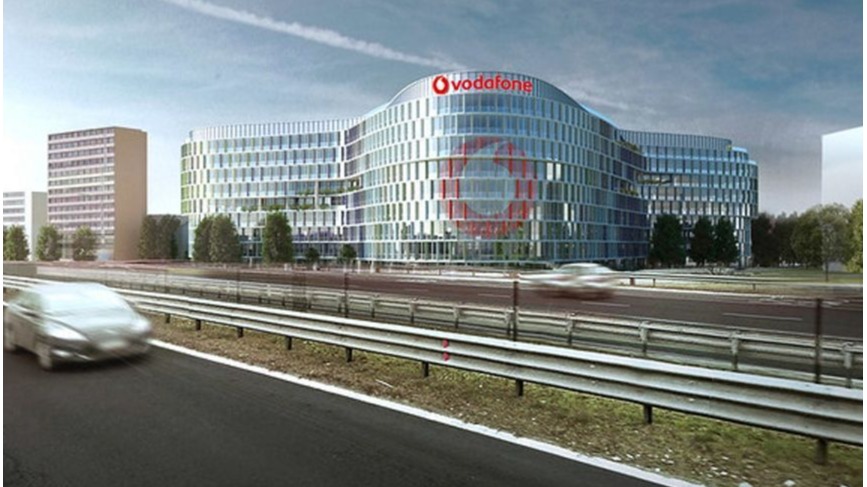Vodafone has pledged to ‘close the digital divide’ between rural and urban areas in the UK after research found 46 per cent of rural deprived areas were classed as ‘5G not spots’ versus just 2.7 per cent of deprived urban communities.
The British telco found that 838,000 people living in deprived rural areas across the UK are losing out on the benefits of 5G, including better access to healthcare and more educational opportunities.
Scotland, Wales, East Anglia, Cumbria and the South-West were found to be the worst performing areas identified with a lack of connectivity and high levels of deprivation.
Vodafone said improved connectivity, through investment in digital infrastructure, will “help these communities not only today, but also tomorrow as those living in not spots simply won’t learn the digital skills they need for the future.”
“We believe everyone should have access to connectivity and our research shows the alarming rate at which almost a million people living in deprived rural communities are being left behind,” said Andrea Dona, chief network officer at Vodafone UK.
“It’s clear we need to accelerate the roll-out of the UK’s 5G infrastructure, which is what we commit to do as part of our proposed merger with Three UK. We would close the rural digital divide by delivering 95 per cent 5G Standalone geographic coverage by 2034.”
Latest News
-
World’s ‘most powerful’ quantum computer to be built in Denmark
-
Netflix uses genAI in series special effects
-
Zuckerberg and Meta investors ‘settle on $8bn in Facebook privacy lawsuit’
-
Currys to expand AI-driven ideas platform to 14,000 staff
-
Anthropic unveils AI-powered tools aimed at financial industry
-
Magnum rolls out AI-powered vending freezers
Bringing Teams to the table – Adding value by integrating Microsoft Teams with business applications
A decade ago, the idea of digital collaboration started and ended with sending documents over email. Some organisations would have portals for sharing content or simplistic IM apps, but the ways that we communicated online were still largely primitive.
Automating CX: How are businesses using AI to meet customer expectations?
Virtual agents are set to supplant the traditional chatbot and their use cases are evolving at pace, with many organisations deploying new AI technologies to meet rising customer demand for self-service and real-time interactions.
© 2019 Perspective Publishing Privacy & Cookies


.jpg)








Recent Stories